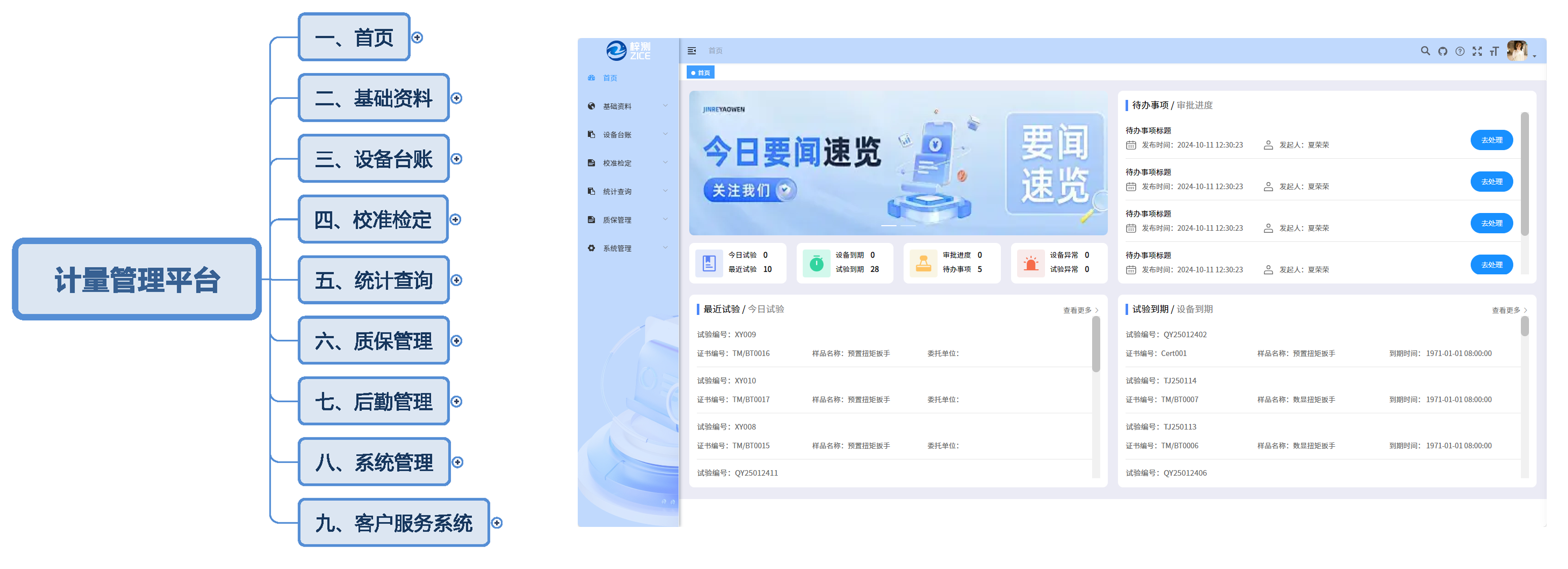The ZCGRZ-10A intelligent fully automatic penetration mortar strength tester calibration device is developed and manufactured by Wuxi Zice Tuoxin Measurement Technology. The device adopts the latest servo control technology, combined with intelligent PID control and modern fuzzy control algorithm, and has the characteristics of high control accuracy, good reliability, high detection efficiency, low noise, and long-term continuous operation. The high-precision measurement system, high-precision grating sensors, and force sensors are used to ensure the high precision and stability of the force value accuracy of the machine, meeting the "JJF1372-2012 Calibration Regulations for Penetrating Mortar Strength Testers". At the same time, the push-pull force meter can also be calibrated. Widely used in metrology institutes, transportation agencies, scientific research institutions and other industries.
Technical parameters:
1. Measurement range: 0-1000N, accuracy level: 0.3%
2. Displacement measurement range: 0-30mm, accuracy: ± 0.003mm
3. Loading method: automatic loading
4. Resolution: 0.001N
5. Unit display: mN, N, kN, MN, kgf, gf, tf, kg, g, mg can be switched freely. Customizable conversion coefficient.
6. Real time display of experimental curves.
7. Sampling frequency: greater than 1500Hz; (Set as needed)
8. Operating system: Linux operating system.
9. Display screen: 7-inch high-definition touch screen (capacitive screen)
10. Power supply: AC220V/50HZ
11. Fixture: Special V-shaped fixture for penetration mortar tester, with strong adaptability by locking the outer diameter, can easily and quickly clamp various types of penetration mortar testers.
Performance characteristics:
1. Test types: Single point and multi-point automatic testing processes can be edited according to requirements, and fatigue testing of sensors and tested equipment can be performed.
2. The instrument comes with built-in measurement of environmental temperature, humidity, and atmospheric pressure.
3. The device comes with Ethernet and can upload test data in batches to the metrology management system through the local area network.
4. Equipped with GPS function, the instrument picks up the corresponding test information based on GPS latitude and longitude coordinates, and the LCD screen will display the specific information of the test, such as unit name, instrument name, manufacturer, calibration date, etc.
5. The 4G transmission function can transfer measurement data to the cloud and transmit it in real time to the PC for display and analysis, and generate certificates and original records.
6. The device can be connected to a barcode scanner, which can extract instrument information by scanning QR codes or barcodes. After the QR code printer is calibrated, it can automatically print qualified labels.
7. It has the function of automatic deformation reset, which enables synchronous measurement of deformation reset during force application.
8. The system has an automatic return function, and the crossbeam will automatically return to its initial position after the verification is completed.
9. Dimensions: 400mm * 360mm * 750mm
Measurement management platform:
The metrology management platform is a comprehensive software platform that integrates data input, processing, analysis, and report generation. It aims to help enterprises achieve automation, informatization, and intelligence in metrology work. Its main functions include data input and storage, data processing and analysis, report generation and export, etc. It is widely used in metrology management work in various industries.
1. Homepage: including login information, notifications and announcements, to-do list, approval progress, recent experiments, today's experiments, experiment statistics, equipment expiration, etc.
2. Basic information: Management of relevant basic data for experimental operation, management of commissioning units, storage location information, and sample information.
3. Equipment ledger: Due to the variety of measuring instruments, complex sources, allocation from other projects, subcontracting, and procurement from different regions in the project, it is particularly important to establish a measuring instrument ledger and instrument file, which is also the fundamental work of measuring instrument management.
4. Calibration and verification: Certificate editing supports multiple data entry methods, such as automatic device upload, manual input, and file import, ensuring fast and accurate data entry. Certificate viewing allows for the review and approval of certificates. Certificate printing supports generating reports in various formats according to user needs, including tables, charts, etc. Users can also export reports to common file formats for convenient data sharing and transmission.
5. Statistical query and analysis: Equipped with various data processing and analysis tools, it can automatically process, statistically analyze, and trend predict the entered measurement data, helping users quickly obtain valuable information.
6. Quality assurance management: project initiation and qualification management, calibration standards, printing templates and other quality data management.
7. Logistics management: facilitates the management of company logistics related data by users, such as company documents, information materials, procurement management, supplier management, etc.
8. System management: Basic data management for system operation, role management, department management, user management, menu management, system settings, etc.
9. Customer service system: WeChat system, QR code progress inquiry system, online inquiry system, customer measuring instrument management system, certificate verification system, self-service download system, complaints and suggestions, etc.
